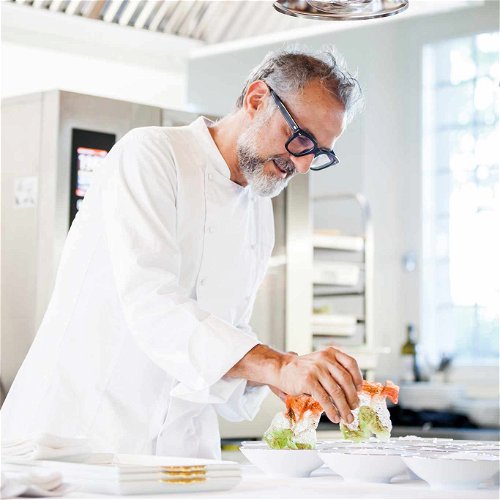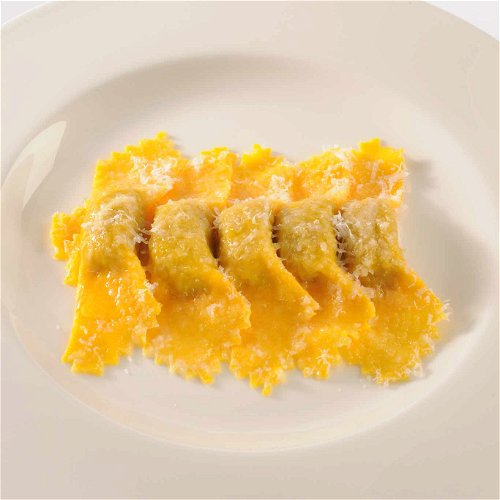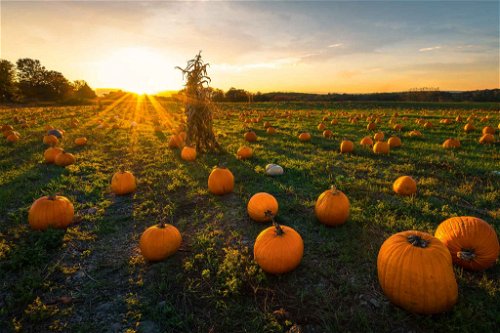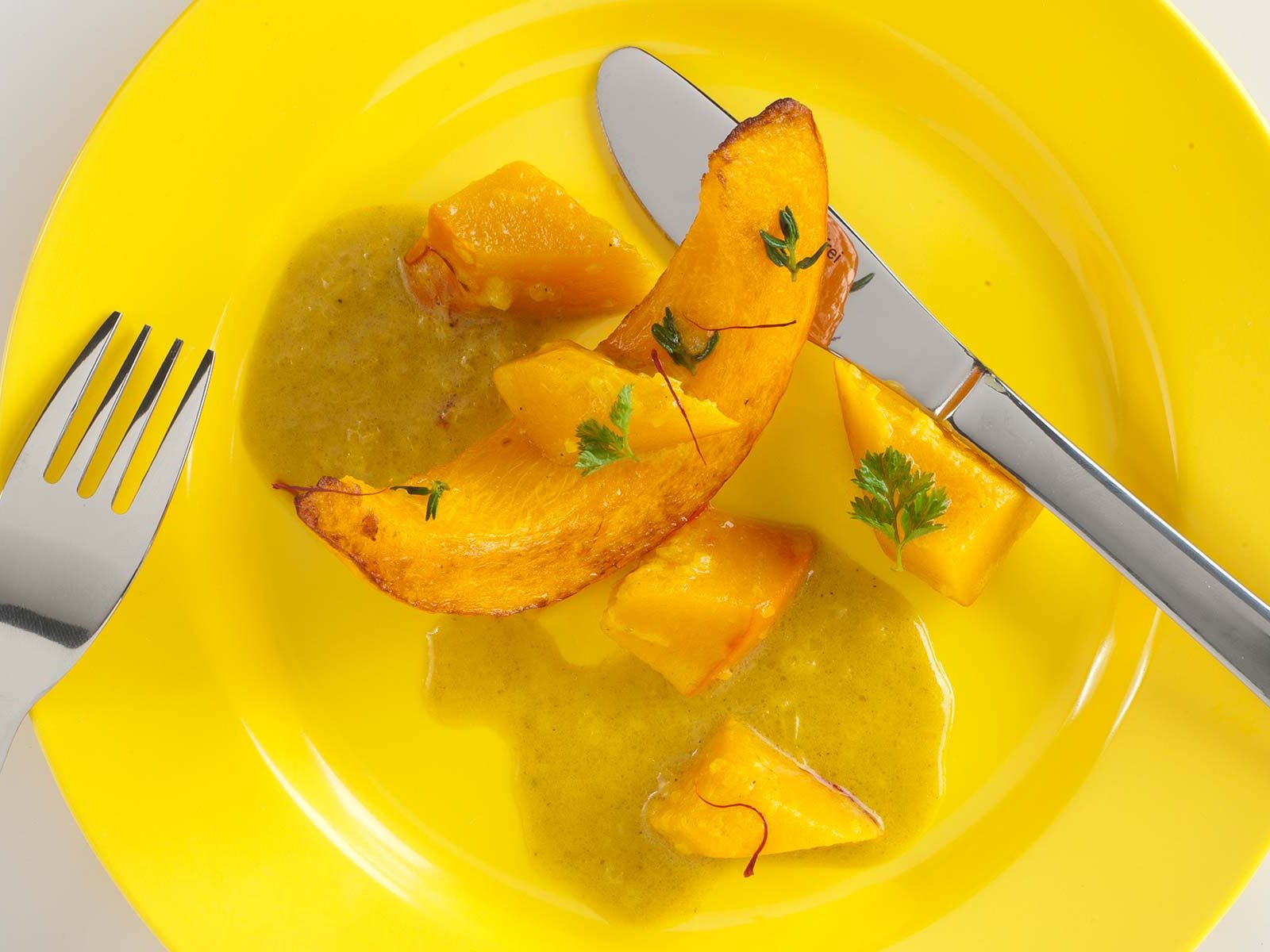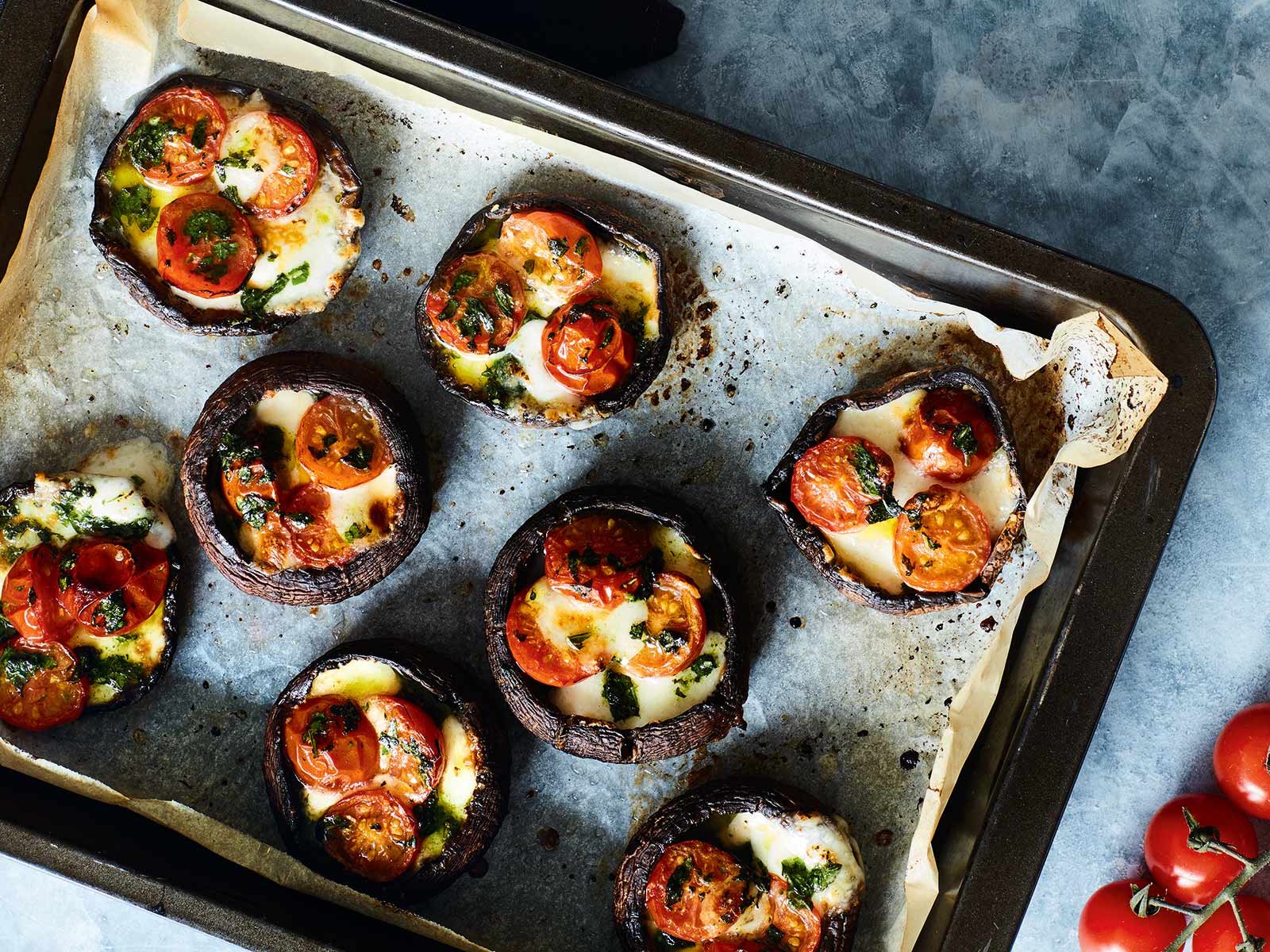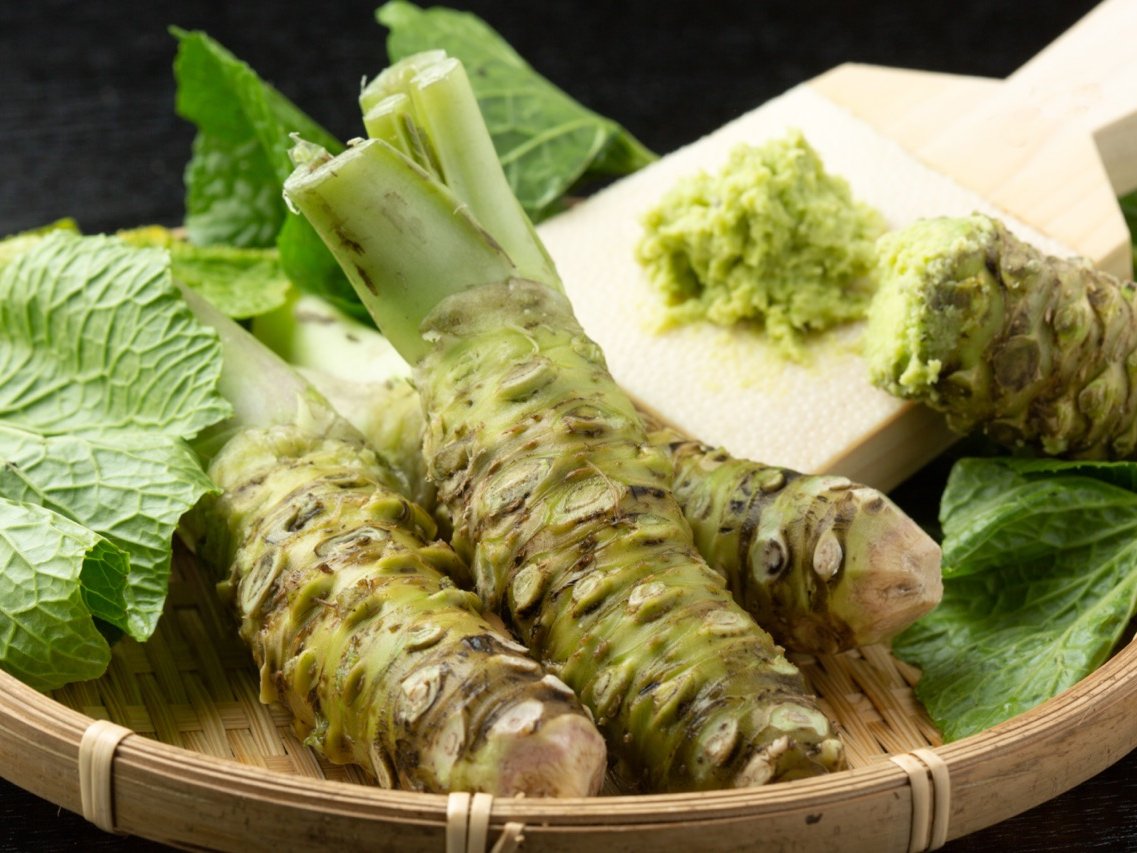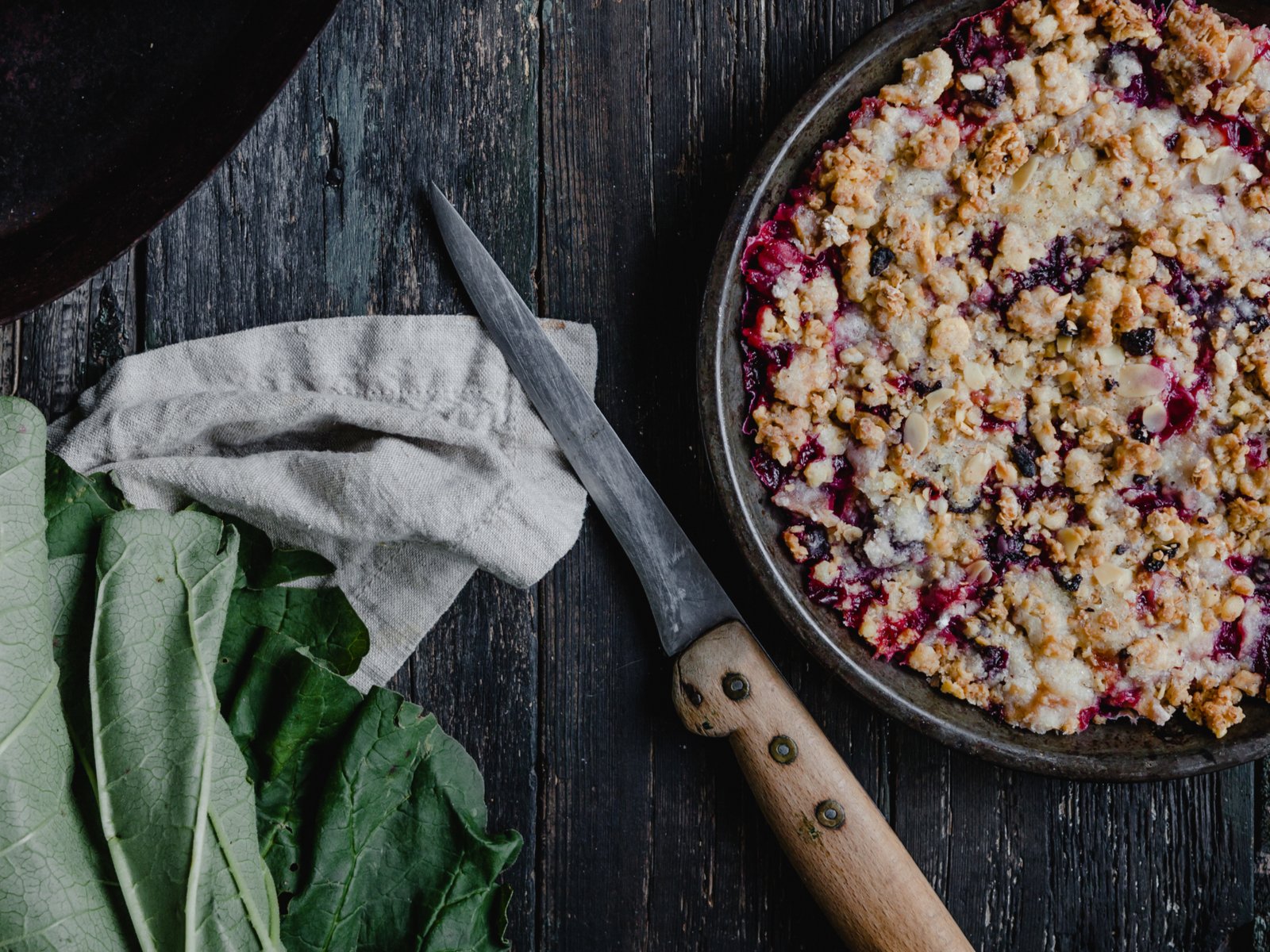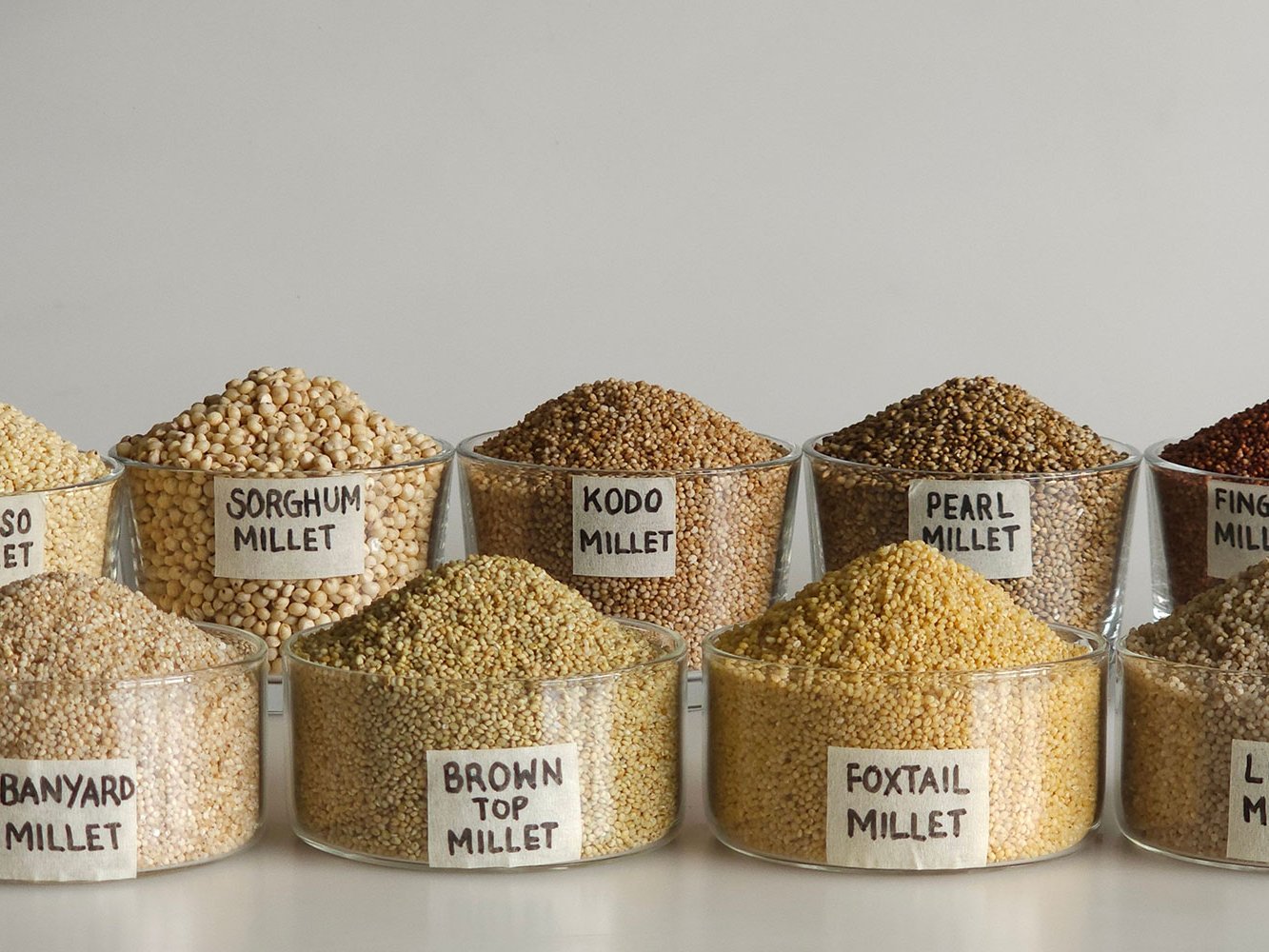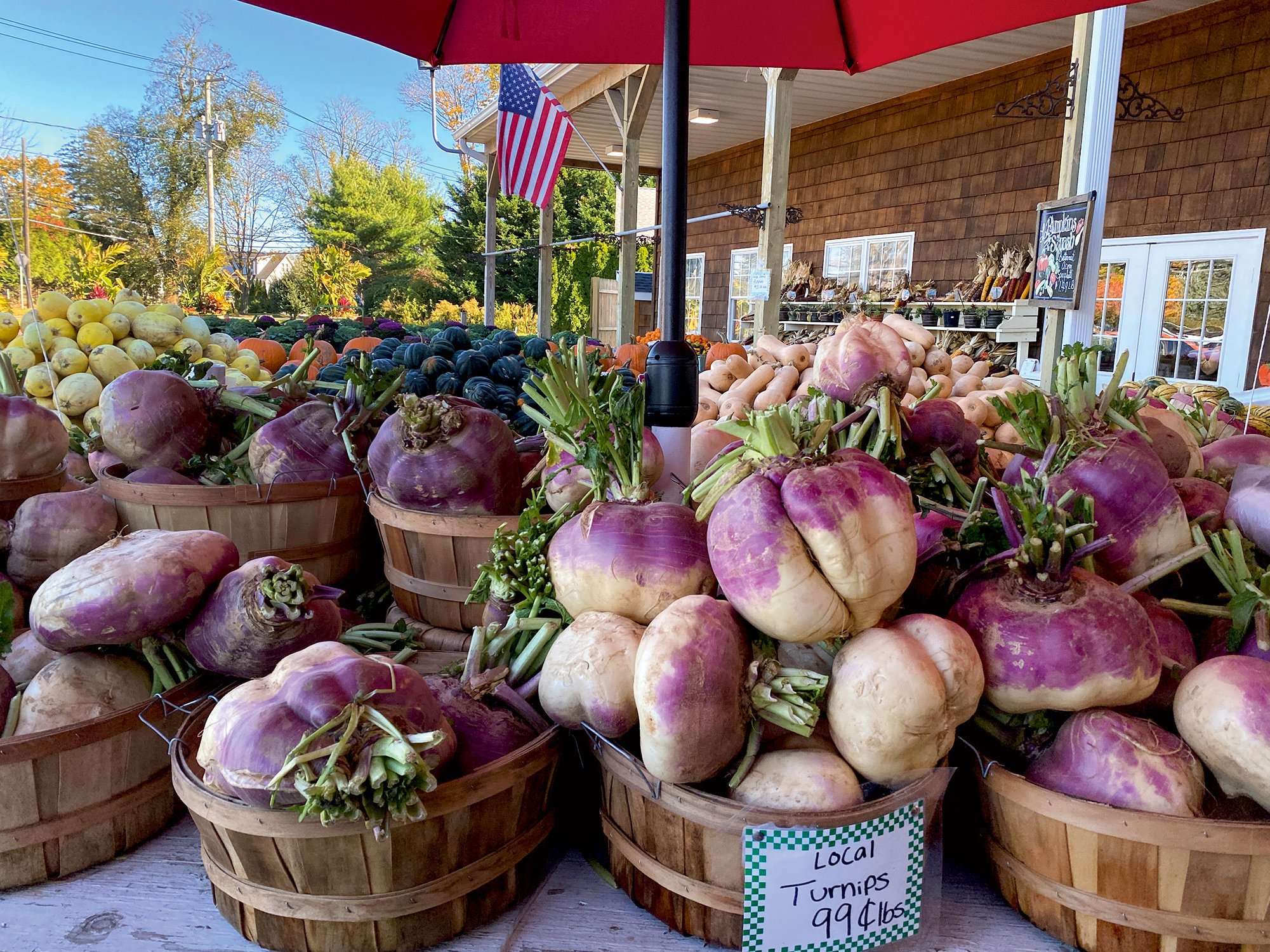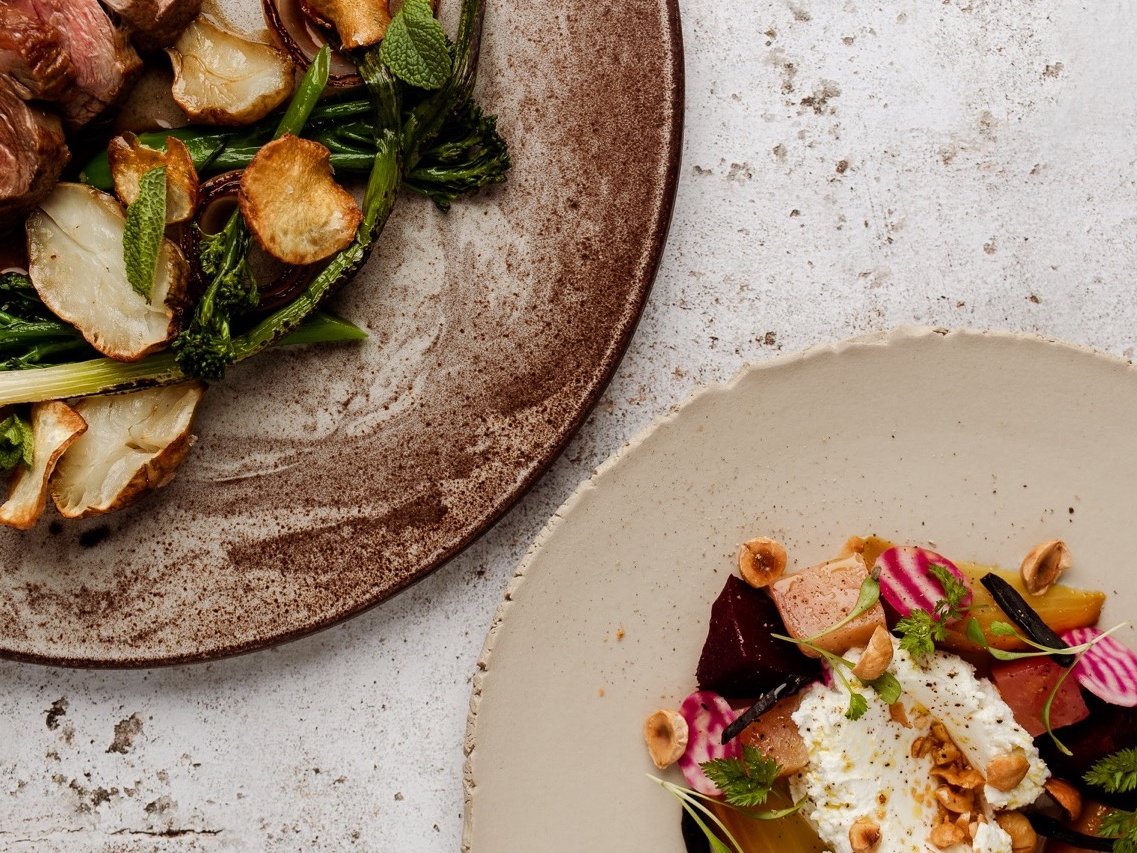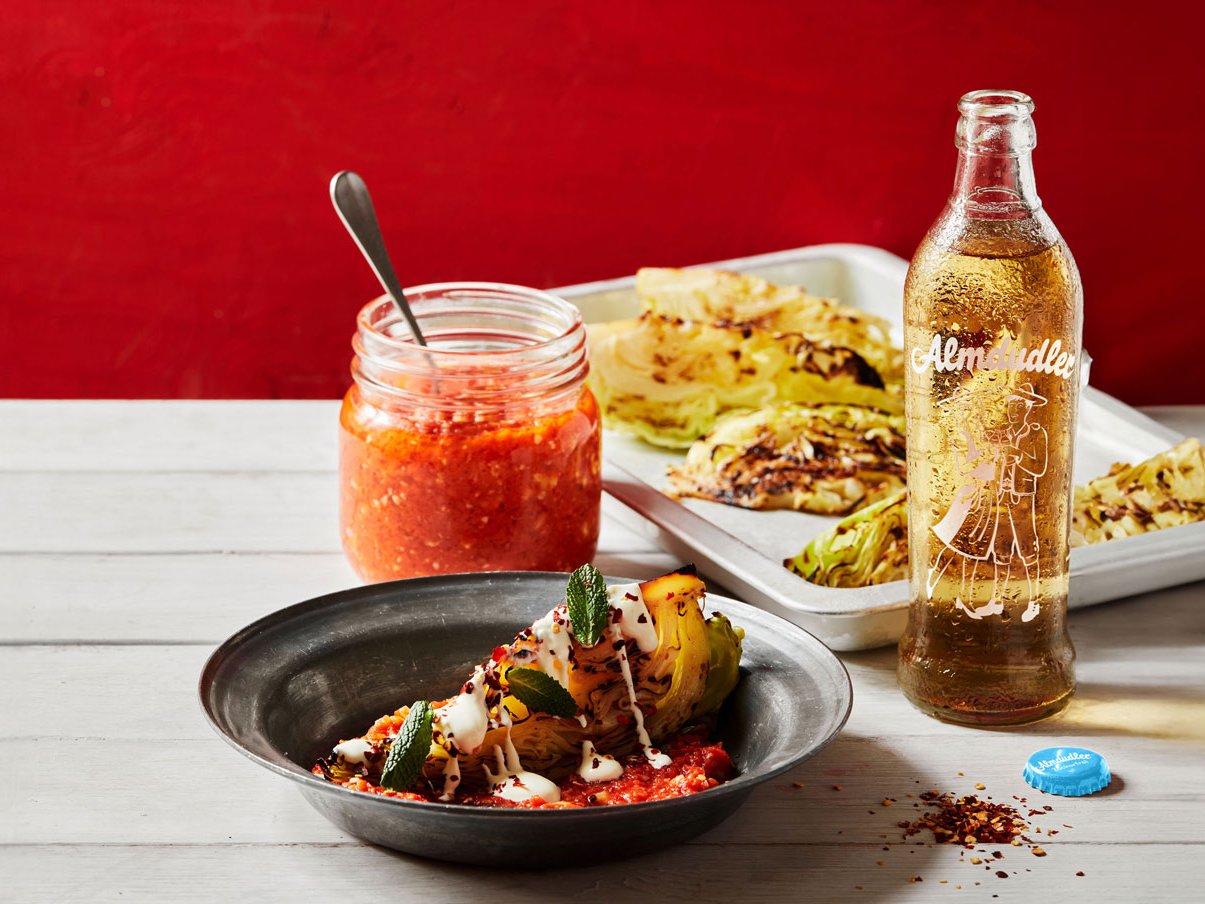Pumpkins: Many Faced Giants
Pumpkins grow across six continents and have been an integral part of culinary and cultural life for thousands of years...and not just at Halloween.
Only a few more weeks and then it's that time again: pumpkin heads everywhere! Around Halloween, pumpkins in a wide variety of shapes and colours experience the peak of their annual cycle, after which they disappear from people's minds again - and usually from kitchens too.
Only from time to time do they hit the headlines when crazy gardeners break records – the world record for a giant pumpkin is held by Mathias Willemijns from Belgium, whose specimen weighed in at 1,190.49kg in 2016, roughly the weight of a VW Polo. According to experts, such giants are best not eaten as they are too watery and disappointing in taste, but we'll get to the pleasure a little later.
There is an immense need to catch up when it comes to adequately appreciating this versatile vegetable. In fact, here we can get rid of the first prejudice right away - pumpkins are not actually vegetables because, like fruit, they develop from the pollinated flower of the plant. (Vegetables are classified as the edible parts of plants e.g. leaves, stems, bulbs, tubers).
However, like most vegetables, pumpkin plants are annuals – hence the confusion. To solve this dilemma, the category 'fruiting vegetable' was created. Botanically, pumpkins are considered berries and because of their thick skin, they are called armoured berries.
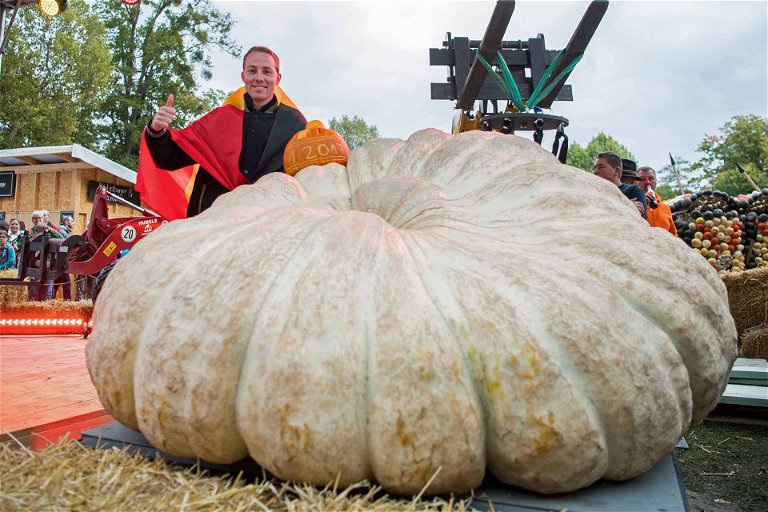
Fire, Wheel, Electricity...Pumpkin
Only a few insiders know that pumpkins should be considered as important as the discovery of fire, the invention of the wheel and electricity – after all, they played a crucial role in human progress. The pumpkin provides us with the earliest evidence of human agricultural history. Predecessors of the garden squash (Cucurbita pepo) were possibly the first plants to be domesticated by humans, i.e. taken from the wild and cultivated specifically for consumption and use.
The planting of pumpkins marked our transition from nomadic life to sedentarisation and associated agriculture, writes US professor Cindy Ott in her 323-page compendium Pumpkin. The Curious History of an American Icon. The earliest pumpkin seeds found so far date back to around 8,000 - 6,000 BC. They were found in the Oaxaca Valley in Mexico. This makes the pumpkin one of the oldest culinary companions of man.
Dr Fritz-Gerald Schröder, a professor of vegetable cultivation and greenhouse management at Dresden University of Applied Sciences, explains its early popularity was due to properties that we still appreciate today, "Pumpkins are rich in vitamins and have a long shelf life at room temperature; many varieties also have a wax layer on the outside that protects them." Schröder estimates the number of varieties worldwide at 1,200.
Pumpkin is a cosmopolitan. Except for Antarctica, it grows on every continent, even in the Australian outback. In Afghanistan and Iran it is just as appreciated as in the US, in South America it is just as popular as in Japan – if you are now thinking of the Hokkaido pumpkin with the edible skin, you are right. However, it does not come from the island of the same name, but was grown in 1933 by the Japanese breeder Saichiro Matsumoto in the city of Kanazawa, which is about an hour and a half's flight from Hokkaido. How the name came about is a mystery that remains unsolved to this day.
Unexpected influences
What is clear, however, is why the pumpkin became popular in Europe. According to Professor Schröder, its success can be traced back to Charlemagne, who issued a charter around 812 AD defining regulations for the cultivation of vegetables, fruit and grapes for wine, the latter in particular, in great detail. The 'Capitulare de villis' has shaped our gourmet world to this day; many vegetable and fruit varieties became indigenous as a result - even the bottle gourd can be found in the long list.
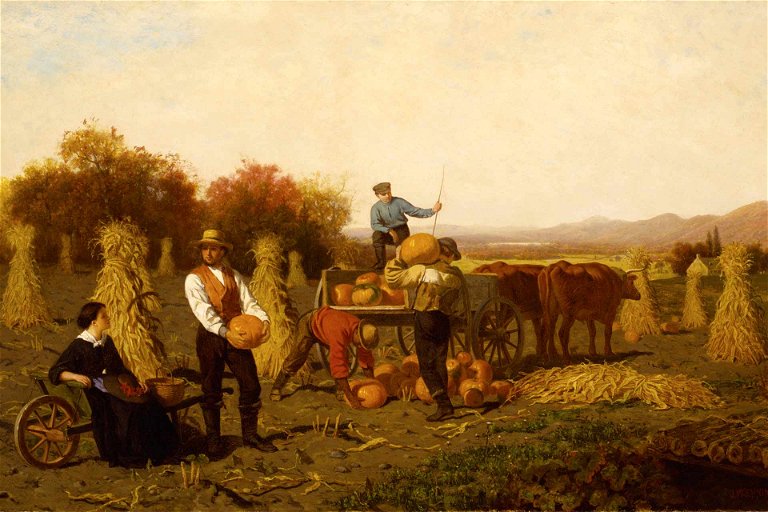
Unlike other foods, pumpkins are also versatile outside the kitchen. The Indian city of Miraj in the state of Maharashtra is famous within the country for the tanpura – a stringed instrument similar to a sitar. The instrument makers use an ornamental pumpkin, which they hollow out and leave to dry in the sun for several months.
The outer shell quickly becomes woody and hard enough to form a resonating chamber which they skilfully convert into a stringed instrument. In Mexico, they make percussion instruments out of it, similar to rattles. Pumpkins are used as drinking vessels and lampshades – and once a year in many western countries, of course, as lanterns, made popular by Halloween.
No year without pumpkin pie
Despite the huge popularity that Halloween has given pumpkins, over on the other side of the Atlantic in the US, it usually only appears on the table once a year: as a sweet dessert at Thanksgiving, and sometimes at Christmas. According to researcher Cindy Ott, pumpkin pie first appeared in an American cookbook shortly after the Declaration of Independence in 1776, but it wasn't until the 19th century that it became established as a Thanksgiving tradition.
By the way, even inexperienced bakers can make it: a shortbread tart is topped with a filling of pumpkin flesh, crème fraîche, eggs and sugar, with cloves, cinnamon and ginger traditionally used as spices. In the US, the pumpkin usually comes from a can, but it tastes much better made with fresh pumpkin.
Many other nations eat pumpkin all year round. In African countries, in Central Asia or in Central and South America, stews made from various types of pumpkin have long been on the menu. For a long time, it was also used to feed animals: on small farms, cattle and pigs were fed the flesh of the fruit. Until about 20 years ago, it did not play a major role in haute cuisine and was largely ignored as a food ingredient in many western European countries.
Christoph Rüffer, chef of the two-Michelin star restaurant Haerlin in Hamburg, remembers never having seen pumpkin as a child. "Pumpkin didn't play a role in my cooking apprenticeship either. It wasn't until 1994 that I saw it for the first time," says Rüffer - which in turn suggests that the Halloween boom that began at about that time spilled over into a culinary preoccupation with pumpkin.
Pumpkin came late to our kitchens, but since arriving, numerous masters have dedicated themselves to it, from Massimo Bottura to Antonio Santini, from Gordon Ramsay to Alain Passard. What sets it apart is its versatility. Pumpkin tastes just as good in soup as it does in risotto, as a filling in tortelli as in the three-star restaurant Dal Pescatore or as a delicate addition to spaghetti, as Daniel Humm demonstrates in New York.
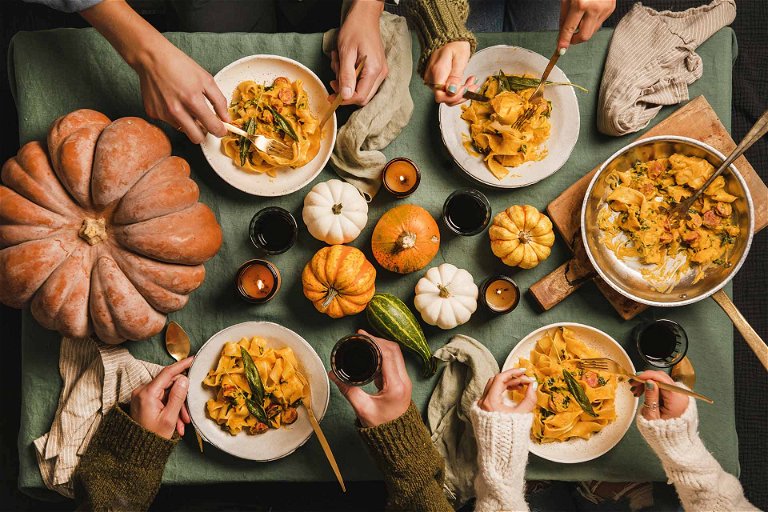
It can be spectacular when pumpkin is included in the dish as an edible casing, as celebrated by New York celebrity chef Daniel Boulud. The red centre pumpkin forms the basis for the recipe, which Boulud says goes back to his grandmother. To make it, he opens the pumpkin and hollows it out.
He fills the shell with sourdough croutons, fried bacon, mushrooms, chives and various spices, covers everything with Gruyère and pours on cream. After about two hours in the oven at 175°C/350°F, the dish is ready to enjoy – as a special treat, use the cooked flesh from the Kabocha pumpkin, which tastes sweeter than other varieties.
Chef Rüffer from Hamburg also recommends seasoning the pumpkin well. He likes to use fresh herbs such as sorrel, nasturtium, oxalis and meadow chervil; thyme and rosemary also go well. Orange harmonises very well. Rüffer also says: "Pumpkin tolerates a lot of acid, otherwise it tastes bland."
Spiciness, for example from chilli or ginger, is also welcome. He himself uses the pumpkins for savoury dishes and as a basis for gluten-free bread (flour made from pumpkin seeds) and for elaborate desserts. Puddings include crêpes with pumpkin purée or ice cream made from pumpkin and coconut milk with orange zest and orange segments.
As a special delicacy and for a crispy texture, Rüffer also uses deep-fried pumpkin flowers. The bottom line is that hardly any plant combines pleasure and sustainability as beautifully as the pumpkin.
Pumpkin – food for animals?
In the past, mainly cattle and pigs were fed with pumpkin. Today in modern pig breeding, pumpkin flesh is no longer used; what is used, if at all, is pumpkin seed press cake - that is, what is left over when the pumpkin seeds are pressed into oil. It is an important source of protein for the animals.
Halloween
The name Halloween goes back to the holiday All Hallows Eve, which was celebrated on 31 October. This coincides with an ancient Celtic pagan festival, Samhain, which was celebrated on 31 October and 1 November.
The end of October is pivotal time of year, it is the end of harvest, the seasons change and the Northern hemisphere begins the dark half of its year. Today, Christians mark All Saints' Day on 1 November, which falls the day before Souls' Day (the day of the dead).
What they all have in common is that they emphasise the afterlife in some way. The Celts believed that the division between this world and the other world was at its thinnest then.
How did the pumpkin become a lantern?
According to an Irish legend, a man named Jack was not allowed to enter heaven or hell after his death. He was condemned by God to wander between the two eternally, with a glowing ember to light his hollowed-out turnip. In the vernacular, this became Jack-o'-lantern and Irish emigrants in the USA eventually replaced the turnip with a pumpkin.

